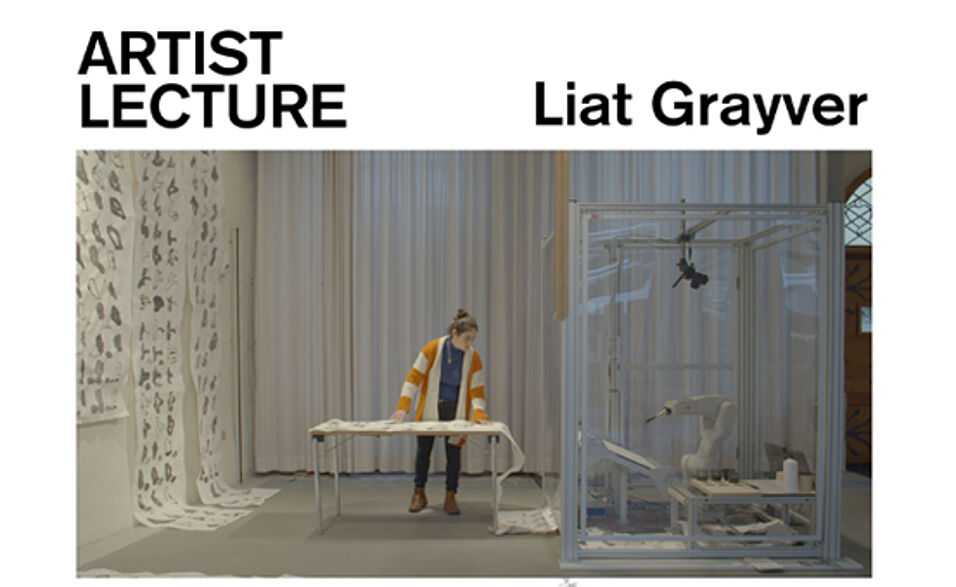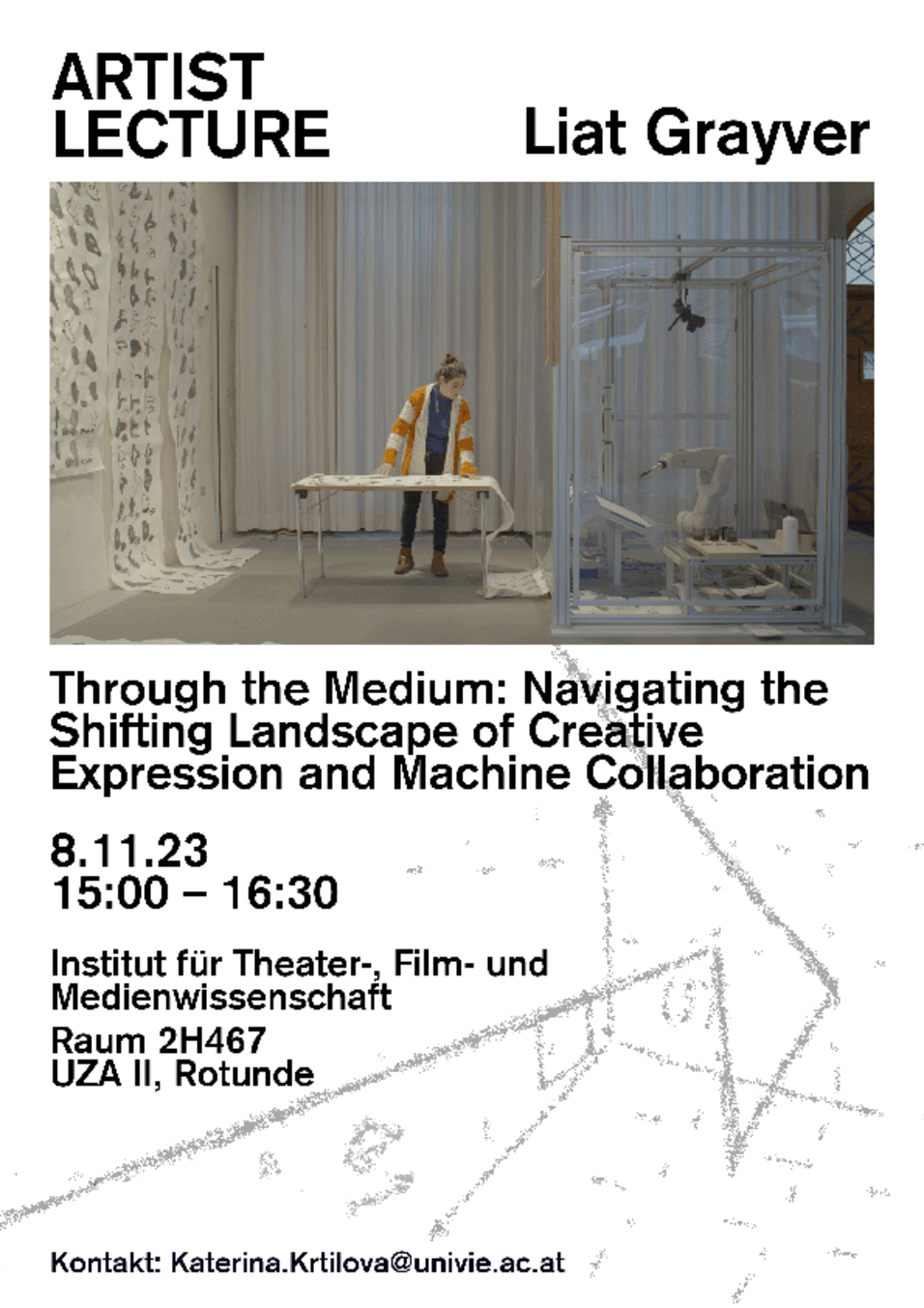In 1967, Marshall McLuhan proposed that “All media are extensions of some human faculty — psychic or physical” and, further, that “electric circuitry [is] an extension of the central nervous system.” This would suggest that all forms of media act as extensions of our faculties, thereby shaping our various modes of existence. This perspective prompts us to reflect on how the mediums we utilize to navigate the world influence the intellectual intuition we employ. As technological advancements continue to reshape our being, it becomes increasingly necessary that we critically examine the role of media and its implications for our understanding and engagement with the world. As artists, we bear a responsibility to engage with the emerging phenomena brought about by computer science and engineering. The broader field of arts, particularly within those areas with a focus on craft-based practices, is currently witnessing an unprecedented set of challenges and opportunities presented by machine learning technologies. We should reflect on but also ourselves investigate these emerging creation and fabrication methodologies in order to be able to collaborate and work alongside different degrees of machine agencies, as they come to play in the various forms of what is today referred to as “artificial intelligence” (AI). Embracing robotic systems operated by AI in the artistic process by no means implies an irreverent disregard for the physical knowledge that underlies craft-based practices. On the contrary, it presents an opportunity to transcend the limitations of the purely digital medium of image production and delve into new realms of artistic exploration. By incorporating artistic concepts as subjects of investigation and potential re-evaluation in the context of AI, we can push the boundaries of our understanding and challenge traditional notions of creativity. By creating an interactive and adaptive platform (co-painting with a machine) and working with implicitly complex materials and tools (paint and brushes), I wish to challenge the absolutism of screen-based, computer-generated image production, adding a level of complexity — inherent to the use of organic materials — and surprise into the outcome of the work, freeing it from acquiesced understandings of painting and image making. Through further development of an interactive human-machine platform of robotic painting, my artistic work challenges conventional approaches to the generation of visual information using learning machines, as they predominantly serve to increase, expand and recreate stochastic forms of existing cultural-aesthetic tendencies and artefacts.
Liat Grayver is a Berlin-based cross-disciplinary painter and media artist, investigating methods to redefine one of the primitive forms of art— painting— within the current technology-based era. Grayver currently serves as the Artistic Director and works as an Artistic Researcher within the project EACVA— Embodied Agents in Contemporary Visual Art- a multidisciplinary collaboration between artists, philosophers, psychologists and computer/robotics engineers dedicated to exploring the use of robots as an interactive painterly tool and their influence on creativity, authorship and agency in artificial systems. In 2022–23, Grayver was a Junior Fellow at the Collegium Helveticum (ETHZ), where she is developed an autonomous perceptual painting robot. Since January 2016, Grayver has been collaborating with the University of Konstanz on the development of the e-David painting robot, exploring various approaches to integrate robotic and computer languages in the processes of painting and creative image-making. She is an active member of SALOON — Network for Women of Berlin’s Art Scene.
Grayver’s work has been exhibited in various international museums, galleries, and institutions, including the Jewish Museum and Silent Green (BE) Centre Pompidou, and the Museum of Natural History (TLV). Her work has received recognition in the art world through coverage in various media outlets and publications.
Artist Lecture Liat Grayver
08.11.2023
Location:
Institut für Theater-, Film- und Medienwissenschaft, Seminarraum 2H 467, UZA II, Rotunde, Josef-Holaubek-Platz 2, 1090 Wien


